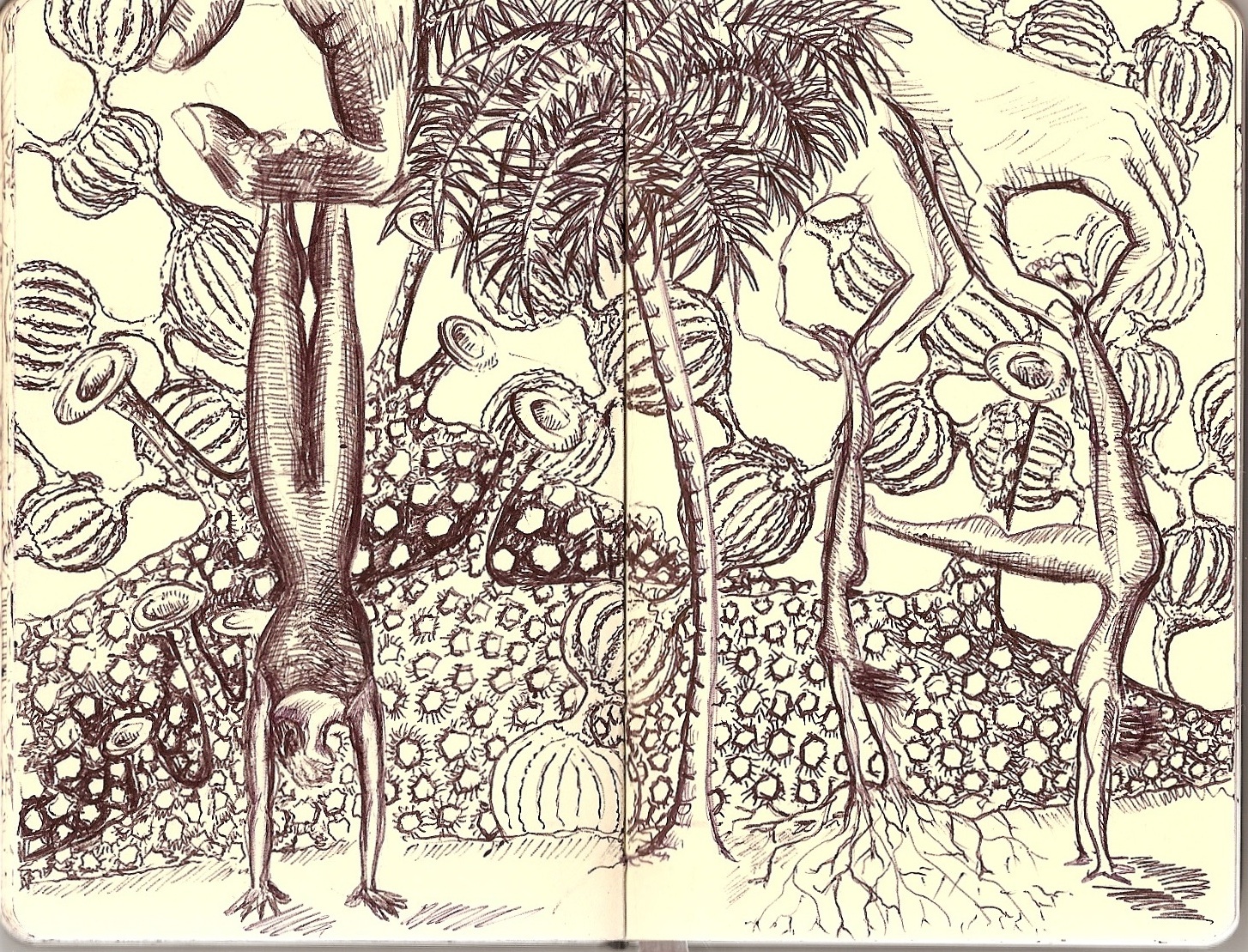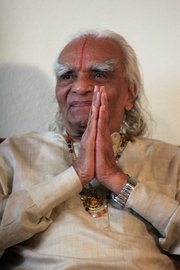Ask mySelf, “How Am I Doing?

with each body movement, be aware!
First … in hatha yoga (the general all-encompassing Sanskrit term for the physical side of yoga, including positions (asanas) and anything related to body wellness … it’s extremely helpful to always ask our Self whenever we get into a position, “How Am I Doing?”
The reason I use the capital “S” Self for this question, is because most folks who aren’t already in a state of awakened consciousness don’t bother asking themselves the question, “How am I doing?” If I were to ask someone who’s not yet interested in awakening their spiritual side, the question would be more like, “How are you feeling today? Are you interested in getting to know that higher Self of yours, that you keep hearing about in the mindfulness world? Or are you happy staying in your little self, safe and … well, in denial of your higher spiritual side — your Self?”
A person who has not yet asked themselves the question: “What is the difference between my little self and my so-called higher Self?” might want to start right now. Let’s apply this question specifically to … how we’re sitting (or standing if you happen to be). Because I’m talking about using this Self-inquiry in a yoga class, we can start with the position your body is in right now when you’re reading it. Even if you’re sitting at your computer, or riding a bus.
An aware and awake person (their higher Self, that is) is conscious of many things. The more we open our consciousness, our awareness, to what’s around us, the more details and nuances of life become accessible. So let’s focus on our body’s position. That’s easy, and it’s fun! If you’re sitting (or reading) take a moment as you read this and check these things:
- is your spine straight?
- is your neck aligned with the spine (not too far forward or backward?
- are you breathing through your nose? If not, close your mouth, please.
- are your opened eyes resting on one spot? (please stop reading for a second, and do this now, thanks)
- is your core engaged, or not? look below for how to engage the core, anytime!
I like to teach basic yogic principles, even to a first-timer. Here’s how I’ve come to make it easy to remember.
LordFlea’s (teZa’s) ABCDs of an aware and awakened yoga approach to the physical practice of hatha yoga:
- Always, I suggest a student remembers their
- Breath, their
- Core (the inner lock called the mulabandha, engaged or ready-to-be) and their
- Drishti, the easy focus of the eyes and a relaxed, pleasant-looking smile
If we focus on these simple things in any pose, we will benefit much more from each and every thing our bodies are tasked to do. So, let’s start with our position right now, shall we?
If you’re sitting, Always remember to focus on your Breath. You can do this in-between your tasks, or as a constant walking-meditation. Once you focus on your breath you won’t be wasting time on day-dreaming, worry, guilt, or any worthless waste of precious energy, not to mention time.
Next, think about your Core. Whether you’re sitting or standing right now, squeeze that inner lock right now! Go ahead, give it a squeeze! (to engage the “inner core, the true core of every person, pretend you have to pee really badly, but you have to hold it till later. That’s right! Go ahead! You know how to engage those muscles deep inside that no one but you knows you’re engaging. Yes, that is the mula (root) bandha (lock) that we use in yoga to stabalize any pose. Without this internal lock, balance especially is next to impossible. With some poses the core is not engaged. Awareness makes us know when to engage our core, or relax it.
Next, where are your eyes’ looking? Well that’s easy if you’re reading this. But when you’re not reading ask yourself, “Am I looking all around” and if you are, DON’T (unless walking in dangerous neighborhoods when you need eyes on the back of your head). Having your eyes focused on one exact spot is called the Drishti. Having a pleasant expression on the face is part of a yogi’s drishti, our outward facial appearance.
It’s a good way to nurture being in a better mood, to keep a little “buddha smile” on your face. Fake it till you make it. It works! If you “fake a smile” you will let go of feeling out of sorts. Try it.

Iyengar’s drishti … OmGuru!
It it aligned, not slouched or bent, and you remember the neck is the spine’s extension, nice and easy, it’s floating above the column of stacked vertebrae. And now, what about your arms? Are they engaged, or loose? If you’re carrying something, are you balanced? Not too much on left or right side? Distribute and re-adjust your body’s weight according to what you discover. Now be aware of your legs. Are your leg muscles engaged, or are you loose? Whichever you are, be “aware” of it! This body-mind exercise increases awareness in all other respects as well as posture-consciousness.
We start with the body, to gain awareness of greater things.
This is Self-inquiry … first to be applied to how our body is doing. At any given moment, especially before you go to sleep, ask yourself, “Am I in a good, healthy position?” Ask and your answer is, no, then make adjustments. Sometimes it’s simply a small movement of an inch or two. Or a hand turning outward instead of inward (the sign of rounded shoulders is hands that face backward, a real no-no for proper spinal alignment). You might want to engage your core, so that you have better balance (especially if you’re riding a bus or subway standing up).
Next post we’ll discuss how to apply Self-inquiry to our internal state, our psychological and spiritual well-being. Until then, make every attempt to be more aware of how your Body is doing by … asking yourSelf these simple questions.
Leave me a note and tell me how this post makes you FEEL. I love hearing from you! And visit my main site tezalord.com to sign up for my mailing list.
Love All Ways,
LordFlea aka teZa
[contact-form][contact-field label=”Name” type=”name” required=”1″ /][contact-field label=”Email” type=”email” required=”1″ /][contact-field label=”Website” type=”url” /][contact-field label=”Comment” type=”textarea” required=”1″ /][/contact-form]